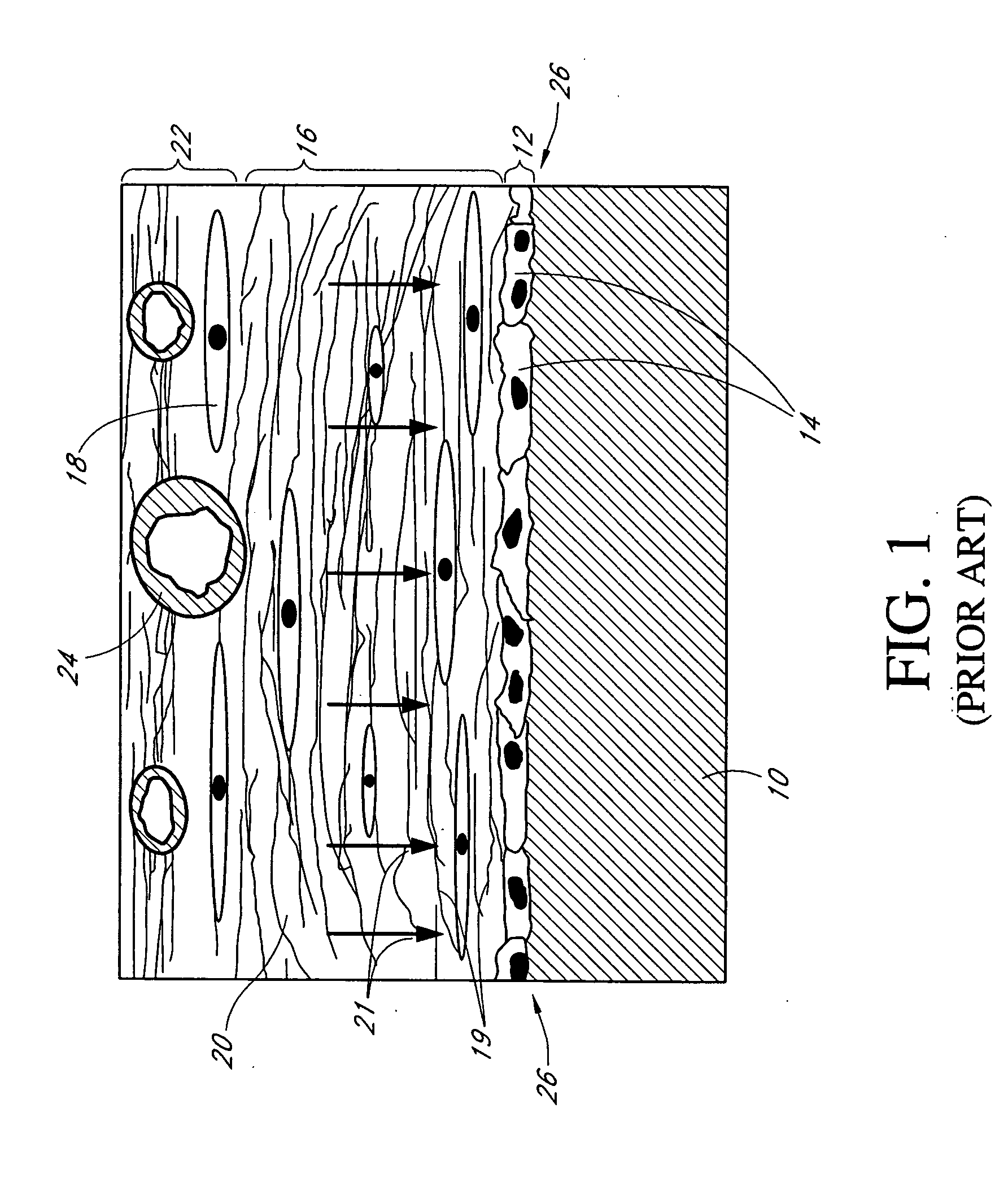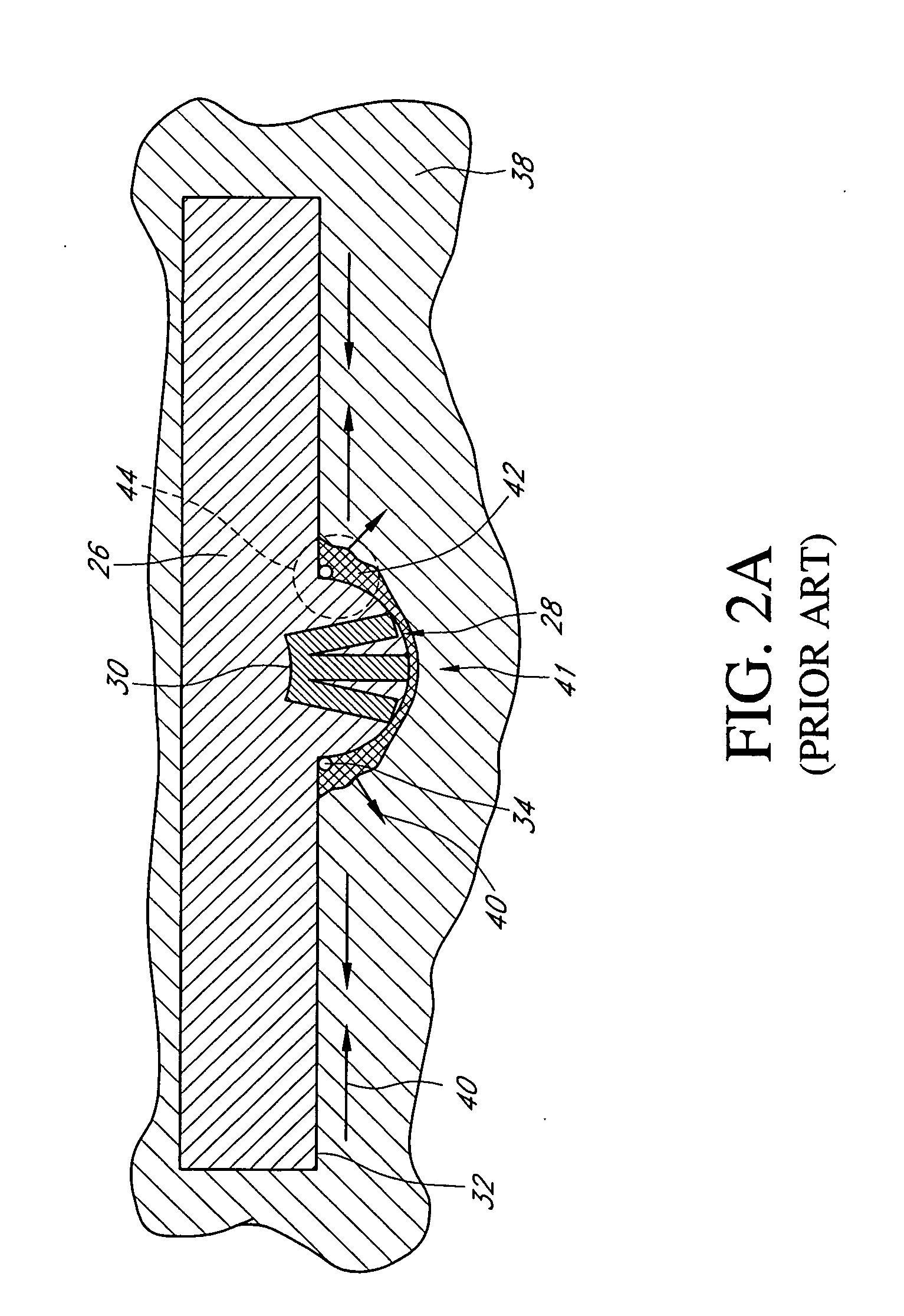Optimized sensor geometry for an implantable glucose sensor
a sensor and geometry technology, applied in the field of implantable sensors, can solve the problems of unoptimized function of such devices, and achieve the effect of consistency of function and accurate analyte measurements
- Summary
- Abstract
- Description
- Claims
- Application Information
AI Technical Summary
Benefits of technology
Problems solved by technology
Method used
Image
Examples
examples
[0206] Weekly infusion studies were conducted for four-weeks to investigate the effects of sensor geometries of preferred embodiments on the functional performance of glucose sensors. A first group of sensors (n=5) included a cylindrical geometry similar to that described with reference to FIG. 4. A second group of sensors (n=6) included a thin, oblong geometry similar to that described with reference to FIG. 5. The functional aspects of each sensor were constructed in a similar manner, such as described in Published Patent Application No. 2003 / 0032874, which is incorporated herein by reference. The sensors were then implanted into the subcutaneous tissue in dogs between the fascia and adipose tissues, and sensor function evaluated by weekly glucose infusion tests.
[0207] The implantation entailed making a 1-inch incision, then forming a pocket lateral to the incision by blunt dissection. After placement of the device with the sensing region facing towards the fascia, a suture was p...
PUM
 Login to View More
Login to View More Abstract
Description
Claims
Application Information
 Login to View More
Login to View More - R&D
- Intellectual Property
- Life Sciences
- Materials
- Tech Scout
- Unparalleled Data Quality
- Higher Quality Content
- 60% Fewer Hallucinations
Browse by: Latest US Patents, China's latest patents, Technical Efficacy Thesaurus, Application Domain, Technology Topic, Popular Technical Reports.
© 2025 PatSnap. All rights reserved.Legal|Privacy policy|Modern Slavery Act Transparency Statement|Sitemap|About US| Contact US: help@patsnap.com



